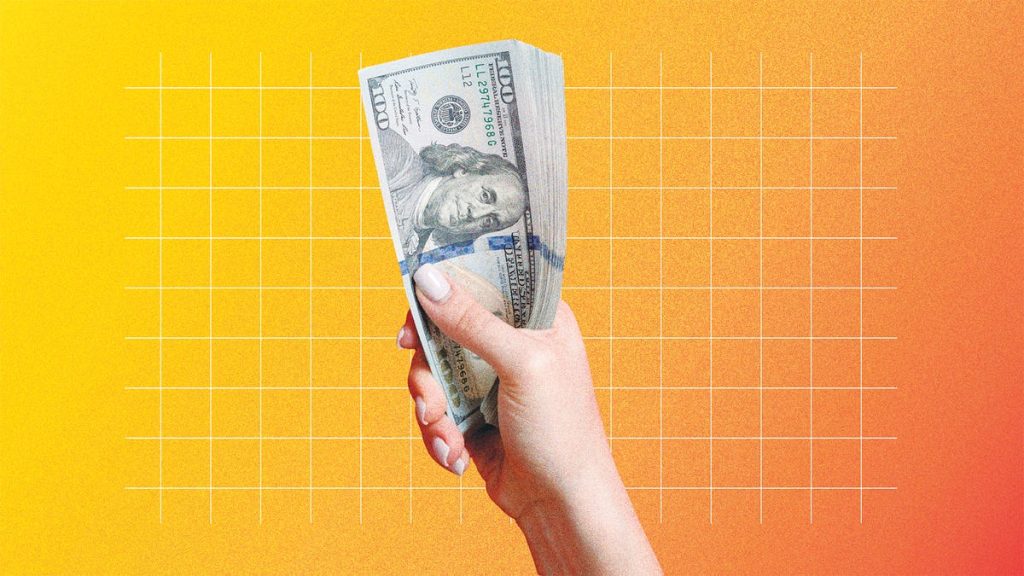The Internal Revenue Service (IRS) implemented adjusted income tax brackets and standard deductions for the 2025 tax year, reflecting annual adjustments to account for inflation and prevent “bracket creep,” where rising wages due to inflation push individuals into higher tax brackets without a real increase in purchasing power. These changes, effective January 1, 2025, impact taxpayers’ take-home pay and potential tax refunds. Lower tax brackets mean lower tax rates, increasing net income per pay period. Higher standard deductions can also reduce tax liability and potentially increase refunds. These annual adjustments are a key component of the tax code and play a significant role in personal finances.
The impact of these changes is individualized based on income level. If your 2025 income remains the same as your 2024 income, you might find yourself in a lower tax bracket and, consequently, a lower tax rate. This translates to a higher net income due to reduced withholding. However, if your 2025 income increases compared to 2024, your bracket placement depends on the magnitude of the increase. You could experience a lower, the same, or potentially a higher tax bracket.
Understanding your tax bracket is crucial for financial planning. Your federal income tax bracket determines the percentage of your income that is taxed, excluding any deductions. The 2025 brackets vary based on filing status: single, married filing jointly, and head of household. Each bracket has a specific income range and corresponding tax rate. For example, a single filer with a taxable income of $40,000 in 2025 would fall into the 12% bracket, while a married couple filing jointly with a taxable income of $80,000 would also be in the 12% bracket. The progressive nature of the tax system means higher earners fall into higher brackets with higher rates.
The standard deduction, a fixed amount subtracted from your taxable income, also saw an increase in 2025. For single filers, the standard deduction rose to $15,000, while for married couples filing jointly, it increased to $30,000. This deduction simplifies tax filing for most taxpayers, particularly those with straightforward financial situations, such as W-2 employees. Claiming the standard deduction is often the most beneficial strategy for maximizing tax refunds in these cases. However, those with more complex finances, including self-employment income or specific itemized deductions (like significant medical expenses or charitable contributions), might benefit more from itemizing.
Beyond the adjusted brackets and standard deduction, additional tax changes for 2025 could positively impact certain taxpayers. Social Security recipients received a 2.5% cost-of-living adjustment, increasing their monthly benefits. The Earned Income Tax Credit (EITC), a refundable tax credit for low- to moderate-income working individuals and families, also increased, particularly benefiting those with three or more qualifying children. Other adjustments include increases to the Foreign Earned Income Exclusion, which allows certain U.S. citizens and resident aliens to exclude foreign earnings from their gross income, the estate tax credit exclusion, the annual exclusion for gifts, and the adoption credit.
In summary, the 2025 tax year brought significant changes to income tax brackets and standard deductions, along with adjustments to other tax credits and exclusions. These changes, designed to mitigate the impact of inflation and provide tax relief, can affect taxpayers’ take-home pay and tax liability. Understanding these adjustments and how they apply to individual circumstances is essential for effective financial planning. Consulting the IRS resources and potentially seeking advice from a tax professional can provide further clarity on how these changes specifically impact your tax situation.

